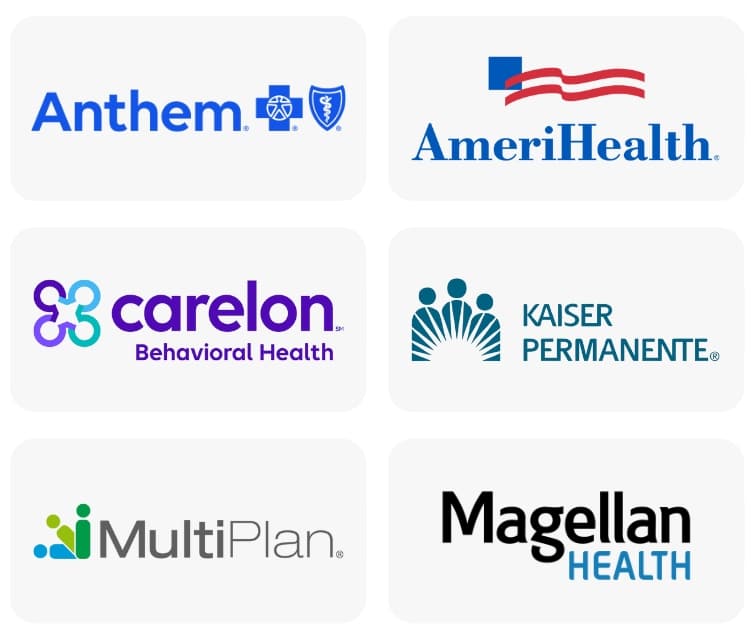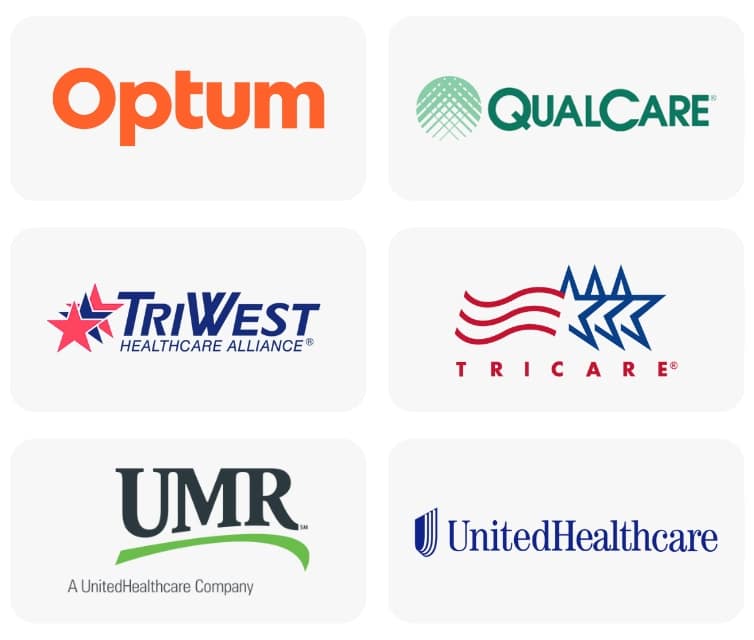Why You Need to Know About the Pink Cloud
The first few days of sobriety can be overwhelming. Some face difficult withdrawal symptoms. Others face intense cravings for the substance they abuse. Getting through these first steps is hard, but it’s necessary for a brighter future.
After the initial discomfort, some people in recovery enter a period of improvement known in the addiction treatment community as “the pink cloud” or “pink cloud syndrome.” It’s the feeling that nothing can stop their progress and that relapse isn’t possible.
Quitting drugs and alcohol is something to be celebrated, and many people in early recovery feel extreme motivation to continue forward. However, addiction recovery is a lifelong process. If you let initial success cloud your judgment on the difficulty of the road ahead, you could be setting yourself up for a relapse. Working with a professional addiction treatment center like Footprints to Recovery can help manage expectations and keep you focused on a brighter future.
What Is Pink Cloud Syndrome?
There’s something special about getting sober. Those who get through detox and move on to residential or outpatient treatment are often brimming with confidence about their situation. Feeling overly happy and motivated during this period is a phenomenon known as the pink cloud. It’s when you feel extra motivated to pursue your recovery due to the great feelings that come with initial sobriety. The problem is that these feelings can fade as you progress, which could open the door for a relapse as mental health issues like depression, anxiety, and stress creep back in.
The idea of a pink cloud period started with those in Alcoholics Anonymous (AA). People in meetings for alcoholism began seeing members exude positivity during the start of their sobriety. It’s often described as being “high on life.”
Some of the signs and symptoms of pink cloud syndrome include:
- Extreme happiness
- Positive mindset
- Confidence in being sober
- Believing recovery is easy
- Letting your guard down
- Allowing triggers back in your life
What Is Dangerous About Pink Cloud Syndrome?
Feeling good can’t be dangerous, right? It feels like positivity and confidence in sobriety are a good thing. Unfortunately, that isn’t the case with the pink cloud. The danger of the pink cloud phase comes not in the feelings of happiness and euphoria but in the actions you could take as a result of those feelings.
Here are some of the reasons why the pink cloud can be dangerous and lead to a relapse:
- You may stop formal treatment because you feel better.
- You may not attend AA or Narcotics Anonymous (NA) anymore.
- You may allow yourself to be around triggers, thinking you can handle them.
- You may not put as much effort into your recovery because you see it as easy.
- You may return to drug and alcohol abuse because you think you’re cured of addiction and the substances won’t affect you as they did before.
At its core, the pink cloud is an obstacle in recovery that some people need to deal with. Ending treatment too early or not following through with aftercare programs can send you right back to square one with your substance use disorder.
Does the Pink Cloud Cause Relapse?
Many factors can cause a relapse. Pink clouding can certainly be included on that list. The false confidence it instills can be very dangerous because the recovery journey is not easy. The pink cloud can cause you to neglect your recovery and fall back into old patterns of substance abuse and addiction.
Some other factors that can play a role in drug or alcohol addiction relapse include:
- Stress
- Triggers like people, places, or things
- Social pressure
- Not having a support system
- Co-occurring mental health disorders/dual diagnosis
- Setting unrealistic expectations for yourself in sobriety
Tips for Preventing Relapse
Relapse prevention is hard. It takes effort and commitment to remain sober even when life’s triggers and stressors cause problems. The best way to prevent relapse is to work with professional treatment programs with certified and licensed counselors. Footprints to Recovery offers a full continuum of care, from detox through aftercare services. Our team of counselors can help you manage expectations and set achievable goals as you progress through the recovery process.
Other tips for preventing a relapse include:
- Learn your triggers: Recognize the emotions, people, places, and situations that trigger cravings or thoughts of using. Brainstorm a list of your specific triggers and come up with strategies to avoid them or cope with them minus substance use. A therapist can help with this.
- Establish a routine: Having a structured daily schedule can help reduce uncertainty and minimize opportunities for impulsive behavior. Include time for work, hobbies, exercise, and relaxation in your routine.
- Set achievable goals: Recovery can be a long process. It’s important to take it one step at a time, with goals that match where you are right now. A licensed addiction therapist can help you get clear about what you want and how to get there.
- Build a solid support system: Having loved ones and addiction counselors available can be very helpful in relapse prevention. Attending AA or NA meetings can also provide peer support to rely on when life gets difficult.
Avoid the Pink Cloud Pitfalls in Treatment
The goal of an alcohol and drug treatment program is to provide you with the skills and tools necessary to not just reach sobriety but maintain it long into the future. Recovery programs like those at Footprints to Recovery consider factors like a co-occurring disorder, which can complicate addiction. Our addiction and behavioral therapy programs make our recovery center a great option for everyone.
Receiving Care for Every Stage of Recovery
Footprints to Recovery offers unique levels of care and individualized treatment programs that can aid in long-term recovery and reduce your risk of relapse.
- Medical detox: The first step in getting sober is to stop using drugs and alcohol. This often means undergoing a detox period. Footprints to Recovery has a safe and comfortable detox facility operated by our team of substance abuse treatment professionals. We can help reduce difficult withdrawal symptoms so you can move on to the next phase of recovery.
- Residential treatment: After detox, inpatient care is an option if you’re looking for the most structure and guidance in your recovery program. Residential treatment involves living full-time at our treatment facility while you undergo treatment every day. You’ll avoid triggers while you gain valuable tools and coping skills to aid sobriety in the future.
- Partial hospitalization program (PHP): A PHP is an outpatient rehab program that still offers structure for those in need. You attend treatment every day while living at home or a sober living home when not at our facility. A PHP is the start of your transition back to normal life.
- Intensive outpatient program (IOP): An IOP is similar to a PHP in that you don’t live full-time at a treatment center. It features 9 to 15 hours of treatment per week, depending on your needs. The goal is to build on the skills and tools learned in recovery to aid long-term sobriety.
- Outpatient rehab: Outpatient treatment is a form of therapy that involves attending programs at our recovery center just once or twice per week. An outpatient rehab program will help you learn to manage your addictions and avoid triggers to remain sober in the future.
Get the Help You Need to Stay Sober
At Footprints to Recovery, your treatment plan is tailored to meet your specific needs and goals. It considers the important components of your life, such as your living environment, family dynamics, work obligations, and realistic time commitments. We can help you detox, make it through the pink cloud phase of recovery, and prevent relapse in the future. Contact us today to learn more!




